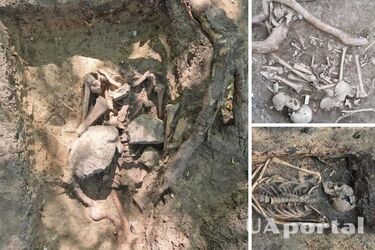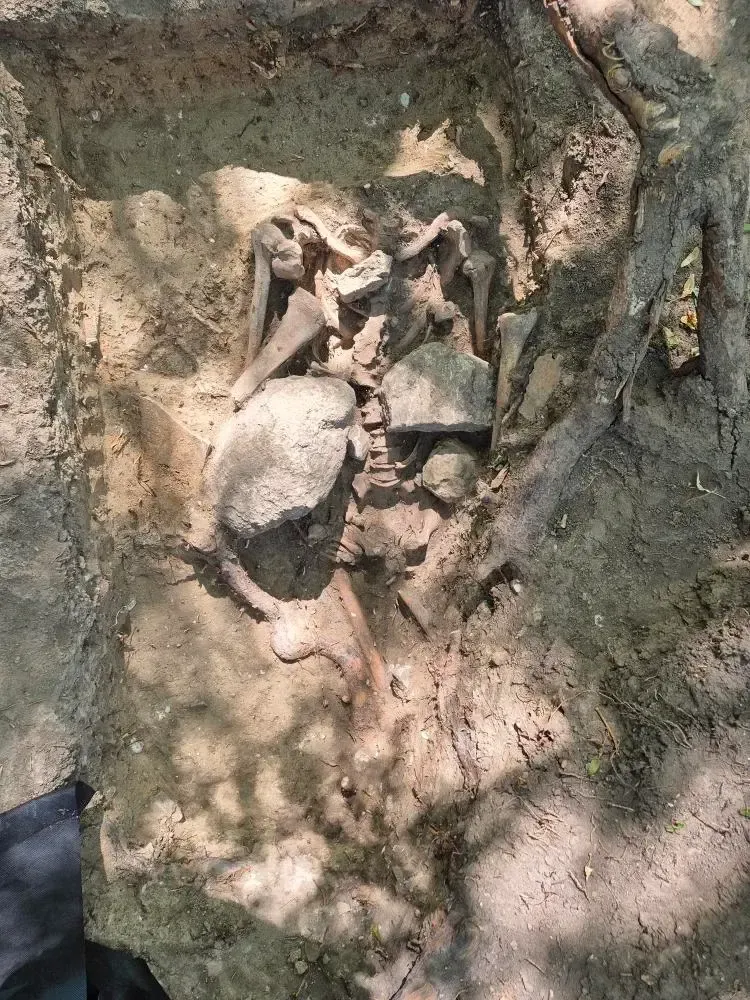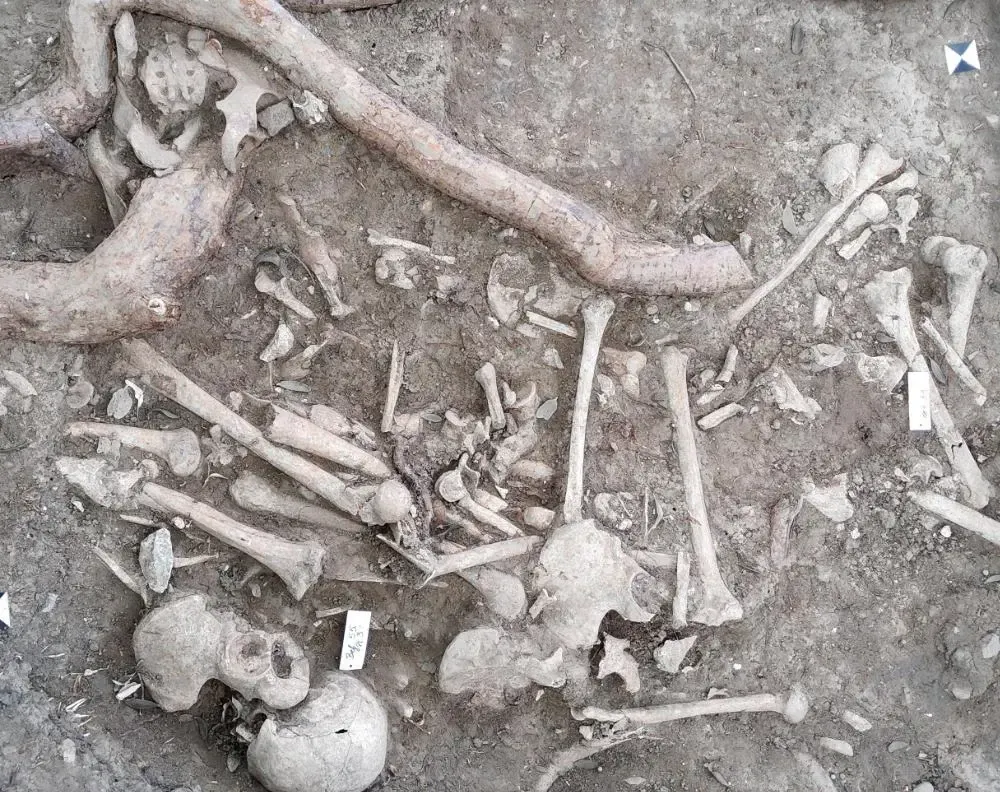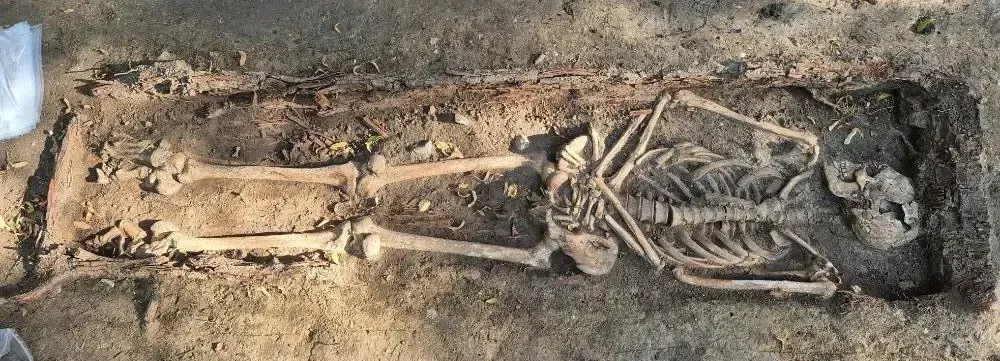A huge pit with human remains was found at the execution site in Germany (photo)

Archaeologists in Germany have made a startling discovery on the Halgenberg hill near the city of Quedlinburg, where public executions were carried out between 1662 and 1809. During the excavations, organized by the State Office of Monument Protection and Archaeology of Saxony-Anhalt, skeletons, pits with bones, and artifacts were discovered that testify to the cruel methods of punishment of the time.
The Halgenberg, also known as the "gallows hill," served as an execution site where hanging was most often used. The earliest mention of this place dates back to 1662, and public executions took place here until the early nineteenth century. The excavations have not only shed light on the methods of execution, but also on the cultural and religious views on death and crime of the time, Archaeology News writes.
Among the findings, archaeologists discovered the burial of a person in a wooden coffin, a rare event for execution sites. The well-preserved skeleton was found with folded arms and a rosary, which led researchers to believe that it could be the burial of a suicide victim. In the Middle Ages, suicides were often buried in remote areas rather than on consecrated ground, and the execution hill could have served as such a place.
Another gruesome discovery was the so-called "revenant grave." In this burial, researchers found a man whose skeleton was crushed by a large stone on his chest. This practice was widespread in medieval Europe because of the fear of revenants, creatures that, according to legend, could come back to life to harm the living. The stones on the chest were supposed to prevent the dead from "rising" from the grave.



In addition, archaeologists have discovered two bone pits where the haphazardly stacked remains belonged to people executed by hanging or wheeling. These mass graves testify to the regular "cleansing" of the execution site, when the remains of the dead were dumped into the pits without any ceremony.
Personal items such as buttons, buckles, and clothing fragments were also found among the remains. These artifacts, along with the remains of ceramic products, help us better understand how the executions took place, as well as the attitude of society toward the convicts.
As a reminder, in May 29024, archaeologists found the burial place of the mysterious Anglo-Saxon king Serdic.
If you want to receive the latest news about the war and events in Ukraine, subscribe to our Telegram channel!
